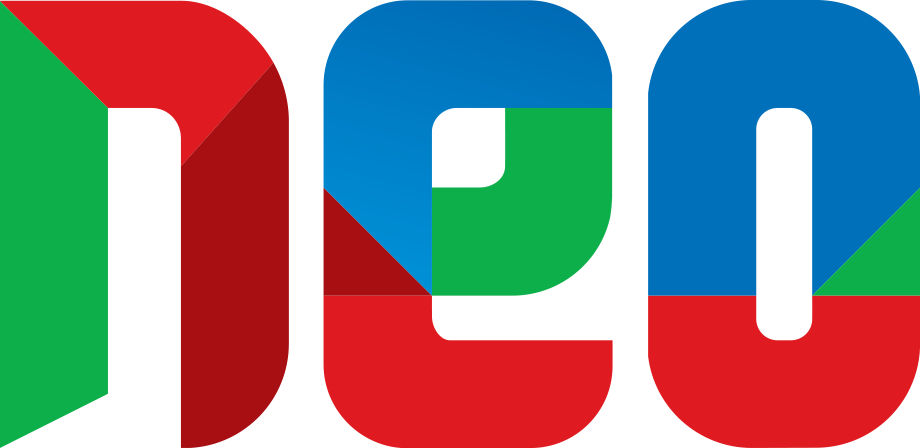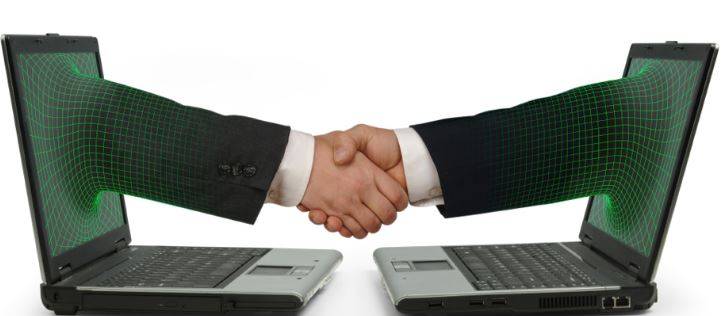In an era marked by technological advancements, the intersection of technology and conflict resolution offers unprecedented opportunities for fostering peace and mitigating global strife. As societies grapple with complex challenges, harnessing the power of technology becomes imperative for innovative and effective conflict resolution strategies.
One of the pivotal ways technology contributes to conflict resolution is by serving as a powerful catalyst for communication. The advent of social media platforms and instant messaging applications has revolutionized the speed and reach of information dissemination. According to Jones (2018), these platforms provide avenues for dialogue, enabling conflicting parties to share perspectives and foster understanding. In a world where conflicts often arise from misunderstandings, the ability to engage in real-time, cross-border conversations can significantly reshape the narrative surrounding contentious issues.
As seen in the Israeli-Palestinian conflict, social media platforms have become platforms for individuals to share their personal stories, fostering empathy and understanding. Images, narratives, and experiences shared on these platforms can humanize conflicts, breaking down stereotypes and allowing for more nuanced perspectives. This shift in communication dynamics has the potential to de-escalate tensions and build bridges between communities.
The emergence of virtual diplomacy, facilitated by video conferencing and collaborative tools, has redefined the landscape of international relations. As highlighted by Smith et al. (2020), these technologies allow diplomats and negotiators to engage in real-time discussions, overcoming geographical barriers and expediting the negotiation process. Virtual platforms offer a space for diverse stakeholders to collaborate on conflict resolution initiatives, promoting inclusivity and transparency.
The peace talks between North and South Korea provide a compelling example. Virtual diplomacy allowed representatives from both sides to engage in discussions without the need for physical proximity, facilitating open dialogue and reducing the risk of miscommunication. The use of virtual platforms enables diplomats to connect with experts, civil society representatives, and other relevant stakeholders, creating a more holistic approach to conflict resolution.
Advancements in data analytics present a promising frontier in conflict resolution. Researchers like Johnson and Lee (2019) emphasize the potential of predictive analytics to anticipate conflict hotspots by analyzing patterns and indicators. By leveraging big data, policymakers can proactively address simmering tensions, preventing conflicts before they escalate. The ability to predict and prevent conflicts is a game-changer in the field of international relations.
For instance, the Syrian conflict, marked by complex dynamics, could have benefitted from predictive analytics. Analyzing social, economic, and political indicators might have allowed for early interventions, potentially averting the devastating humanitarian crisis that unfolded. While no tool can predict with absolute certainty, harnessing the power of data analytics offers a proactive approach to conflict prevention.
Blockchain, renowned for its decentralized and transparent nature, holds significant promise in peacebuilding efforts. According to Kumar and Singh (2021), blockchain facilitates secure and verifiable transactions, providing a foundation for transparent resource allocation in post-conflict reconstruction. This technology minimizes corruption risks and fosters trust among stakeholders, crucial for sustainable peace.
In conflict-ridden regions where corruption often hampers development and reconstruction efforts, blockchain technology can revolutionize financial transactions. By ensuring transparency and accountability, blockchain minimizes the diversion of funds, directing resources toward initiatives that genuinely contribute to rebuilding communities. This transparent approach builds trust among conflicting parties and the international community, laying the groundwork for lasting peace.
While the integration of technology in conflict resolution brings forth transformative possibilities, it is not without challenges. Privacy concerns, digital divides, and the potential weaponization of technology are issues that demand careful consideration. Scholars like Chen and Li (2020) stress the importance of ethical frameworks to guide the responsible use of technology in conflict resolution, balancing innovation with safeguards for human rights.
In the age of information, ensuring data privacy is paramount. Technologies that collect and analyze data for conflict prediction must operate within ethical boundaries, protecting the rights and privacy of individuals. Moreover, addressing the digital divide is crucial to avoid creating technological disparities that could exacerbate existing inequalities.
The potential weaponization of technology introduces another layer of ethical complexity. Drones, for example, can be used for both surveillance and targeted attacks. Striking a balance between utilizing technology for conflict resolution and preventing its misuse requires international cooperation and the establishment of ethical guidelines.
In conclusion, the synergy between technology and conflict resolution unveils a realm of possibilities for building a more peaceful world. From enhancing communication to predictive analytics and blockchain applications, technology offers tools that empower diplomats, peacebuilders, and communities. However, as we navigate this transformative landscape, it is crucial to approach these advancements with ethical considerations at the forefront, ensuring that technology becomes a force for positive change in the pursuit of global harmony.
Ayesha Mahmood


